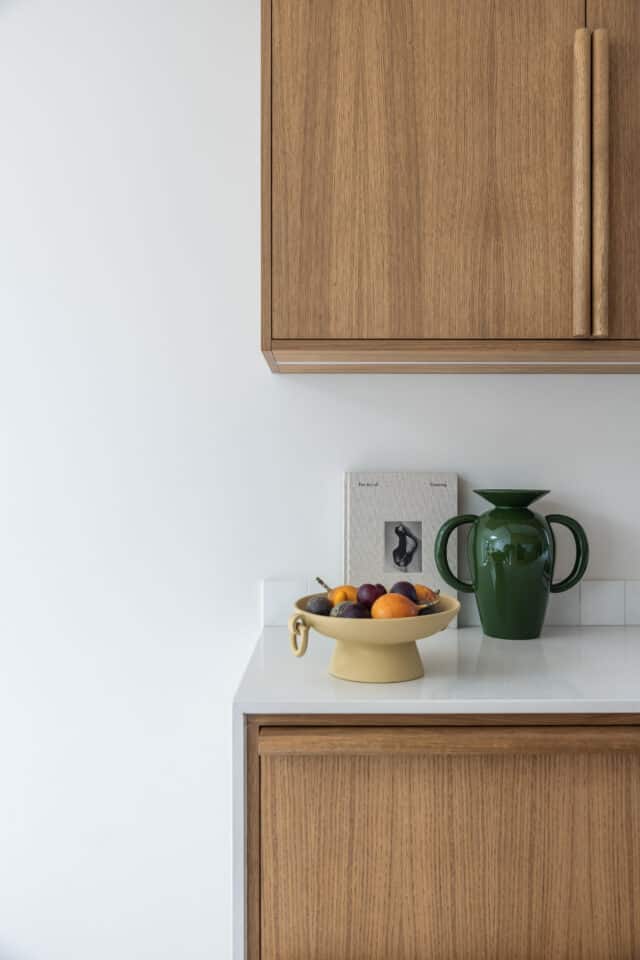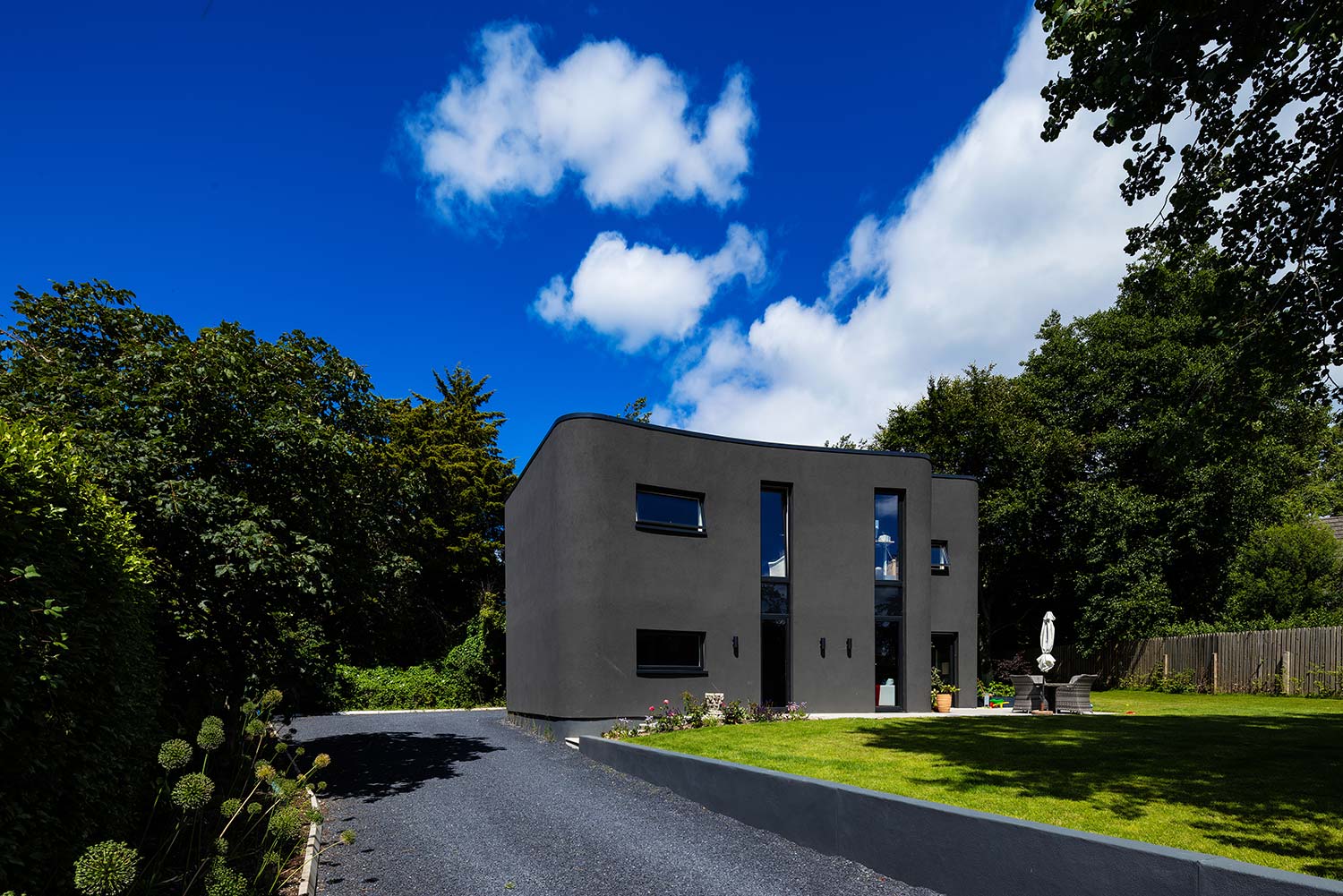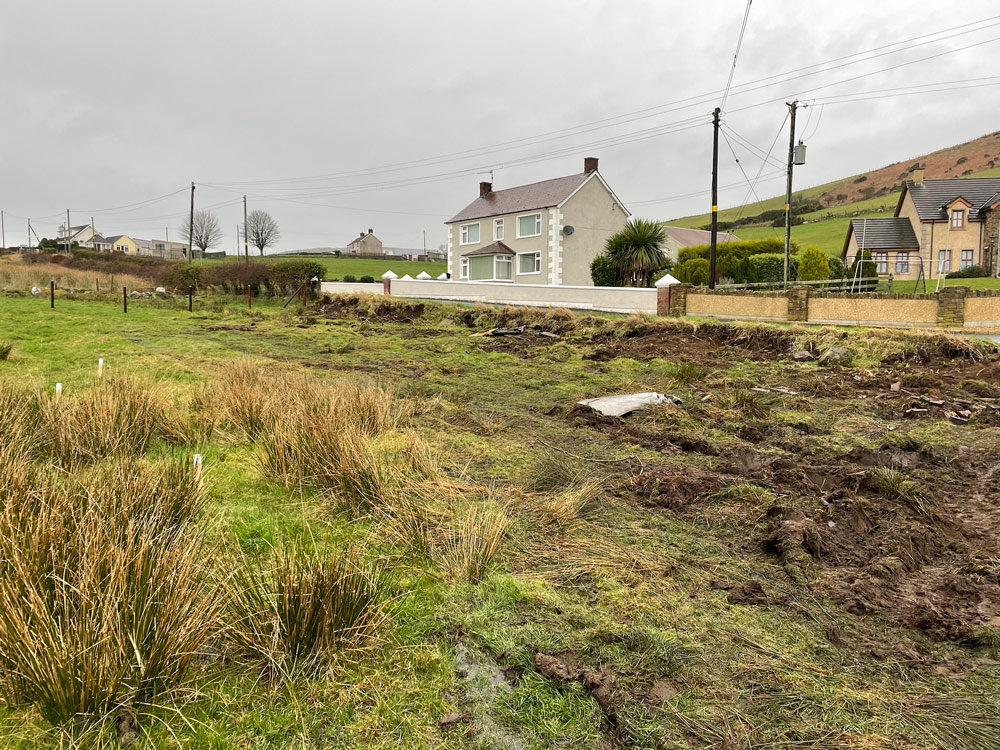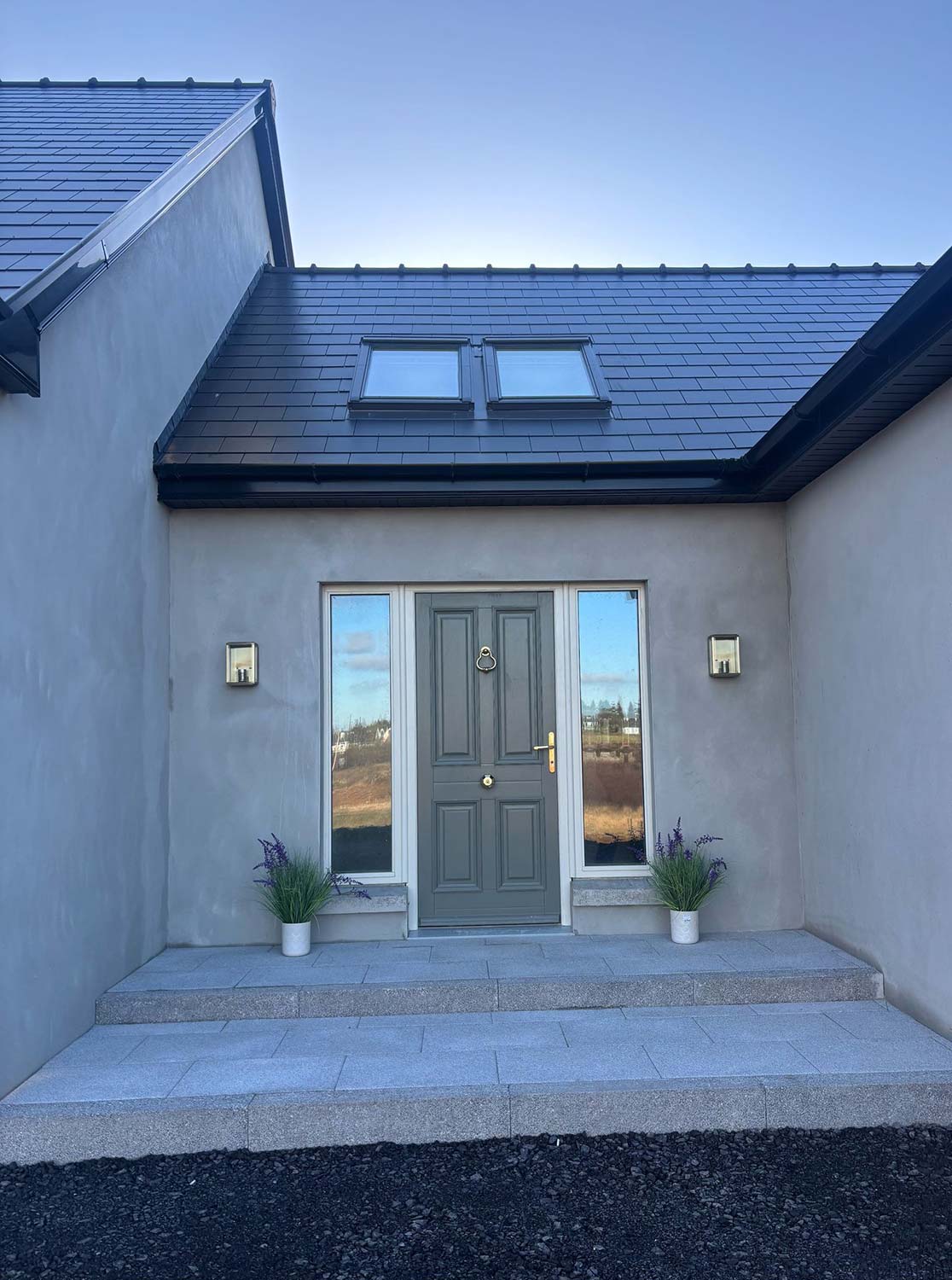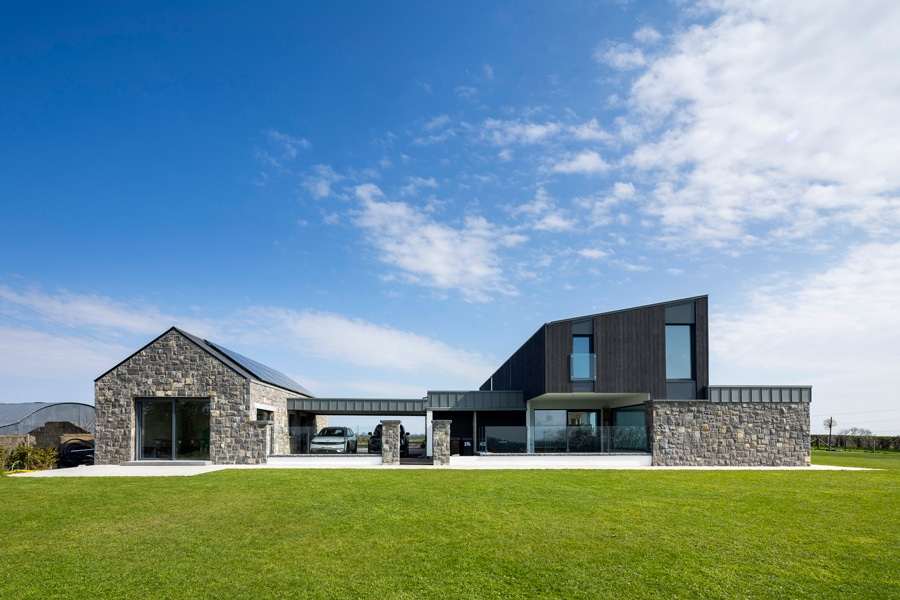In many cases it’s better not to renovate your house and build new instead, argues eco builder Liam Walsh.
In this article we cover:
- Why you should knock down and rebuild instead of renovate
- The problem with energy ratings
- How to get the most bang for your buck when renovating
We all know there is a housing shortage and that we need to do something about it. But buying a bad house and throwing money at it will not necessarily get you a good house.
You really have to weigh up your investment. It takes a lot to retroactively insulate a house properly; in a lot of cases the buildings are not worth the money you’ll have to pour into them to carry out an energy upgrade. It just costs too much to do, and it will never compare to a well-built home.
So unless you’re dealing with a historical building, or a building with a very good layout and design to begin with, I would argue upgrading the energy efficiency of a badly built home isn’t worth the (taxpayers’) grant money.
In many cases, it would be best to knock it down and start from scratch. There’s no point in saying Ireland has X many houses when a huge percentage of them are of a very poor standard.
This may sound contentious but, if you ask me, about 40 per cent of all of the energy upgrade projects that are out there are not worth the money. So at what point do we stop throwing good money after bad?
And that’s not taking into consideration the quality of the energy upgrades; they’re not all done to the required standard.
I think the placebo effect has homeowners convinced they notice an improvement. No one would want to believe they wasted tens of thousands on an aesthetic makeover.
The problem with energy ratings
One reason for this is that building energy ratings (BER) mean very little.
I know a lady with young children who bought a B2 energy rated house who said the house was so cold she couldn’t put the children down on the floor, and some rooms they couldn’t use during the winter months due to cold draughts. There was no way it was, in practice, a B2.
BER certificates are based on documentation; there is nothing invasive about the process of doing the house survey – it’s a box ticking exercise that gives new home buyers an illusion of quality.
In reality there’s often a huge difference between theory and practice. A house that theoretically gets its entire exterior wrapped in external wall insulation should see a positive increase in thermal comfort. But that’s not always the case.
If you have draughts, mildew, mould, dampness and high heating costs, this is evidence of substandard building. It is not my intention to insult people’s homes, but to raise awareness of substandard housing and to de-normalise it.
Did you know?
There is a lot of research that shows buildings do not perform as well as they were designed. The difference between anticipated and actual performance is known as the performance gap.







